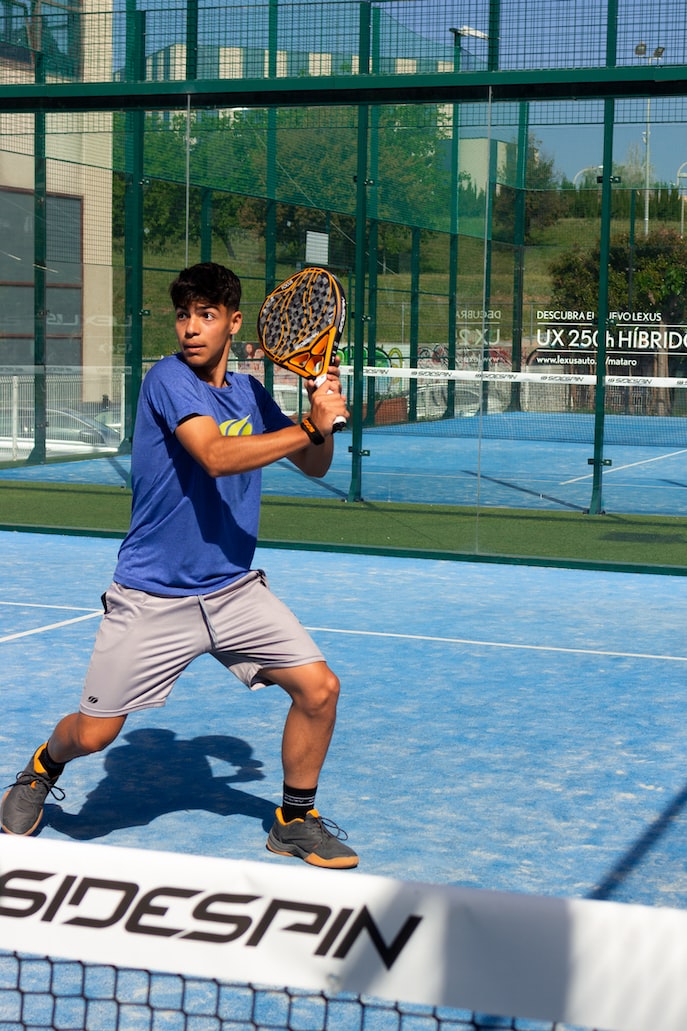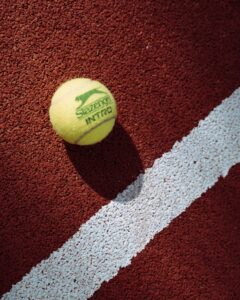Demystifying the Return Rules in Padel: Everything You Need to Know
3 min read
Demystifying the Return Rules in Padel: Everything You Need to Know
Introduction
If you’re new to the exciting world of padel, you may be wondering about the return rules. Padel, a rapidly growing sport similar to tennis and squash, has become a favorite among sports enthusiasts worldwide. In this article, we’ll demystify the return rules in padel and provide you with everything you need to know to excel on the court.
Understanding the Basics
Before we dive into the return rules, let’s quickly refresh our understanding of padel. Padel is played on a smaller court enclosed by four walls, with a net dividing the playing area. It can be played in singles or doubles and follows a similar scoring system to tennis.
The Serve and Return
In padel, the serve is an essential part of the game, acting as the starting point for each rally. After the serve, players must be familiar with the return rules to effectively respond to their opponent’s shot.
Variations in Return Rules
While the return rules in padel may vary slightly depending on the federation or country, there are some fundamental principles that universally apply. Let’s explore these rules in detail:
1. No-volley Zone
Perhaps the most crucial element to understand is the “no-volley zone,” also known as the “kitchen” or “the chicken coop.” This is the section of the court located near the net, extending seven feet on either side. Players cannot hit the ball directly from within this zone unless the ball bounces first.
When returning a serve, players often position themselves just outside the no-volley zone to gain optimal court coverage. This positioning allows them to quickly respond to the incoming ball and engage in an exciting, dynamic rally.
2. Serve Bounce and Return
Similar to tennis, the serve in padel must bounce within the opponent’s court beyond the no-volley zone before returning. The receiver must allow the ball to bounce once before striking it back. Here’s an important point to remember: the bounce can be on the ground or off the walls!
When returning the serve, players have the freedom to choose their return strategy. Whether you opt for a powerful groundstroke or a delicate lob, the goal is to place the ball strategically, making it challenging for your opponent to respond effectively.
3. The Lob Serviço
To add an element of surprise and variation, padel offers a unique service option called the “lob serviço.” Instead of hitting the serve low with a bounce, players can choose to hit a high lob serve that reaches its peak outside the receiver’s court. The receiver must then let the ball bounce before returning, just like with a regular serve.
The lob serviço can be a game-changer, catching your opponent off guard and providing you with a strategic advantage. Mastering this serve can elevate your game to new heights.
Conclusion
Now that you have a comprehensive understanding of the return rules in padel, you’re ready to hit the court with confidence. Remember to position yourself strategically outside the no-volley zone, allow the ball to bounce before returning, and be prepared for the occasional lob serviço.
As with any sport, practice makes perfect. So grab your paddle, find a partner, and enjoy the thrill of padel. Embrace the return rules, develop your own style, and relish the incredible action-packed rallies that padel offers. What are you waiting for? Get out there, have fun, and dominate the court!






